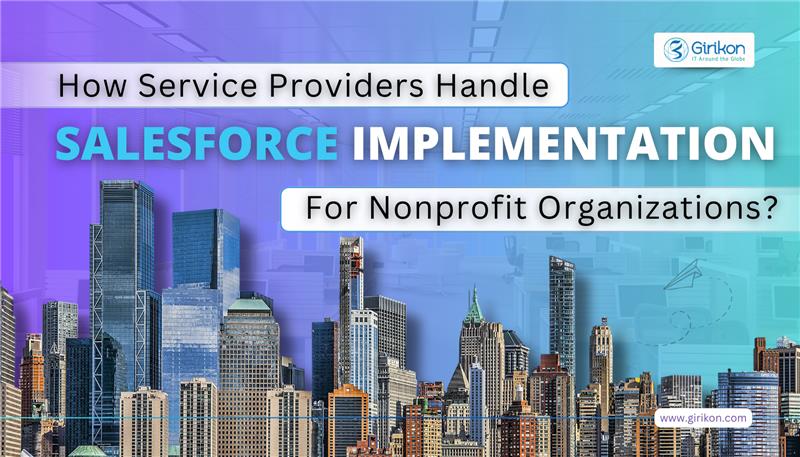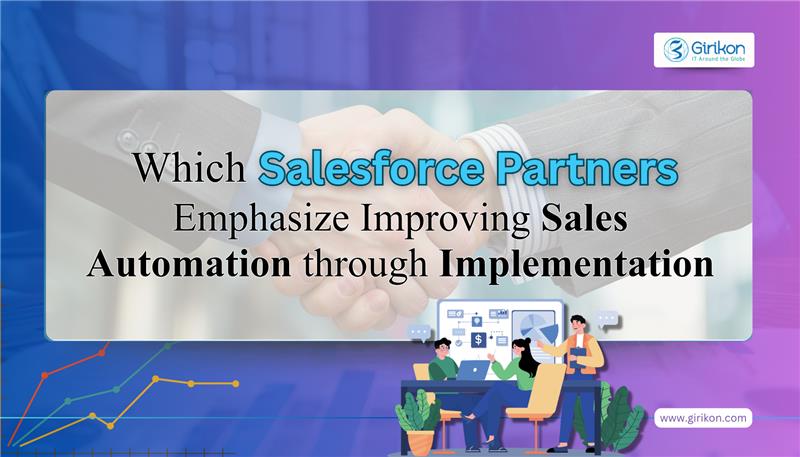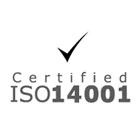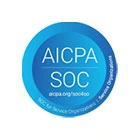Our Blogs
Implementing the Salesforce is no doubt a fruitful opportunity for businesses worldwide. Why? Because it streamlines sales, delivers powerful insights, and enhances customer relationships. However, Salesforce’s potential alone is not enough to promise its success. As a result, many Salesforce projects stall or stumble.
So, where does the problem lie? Communication!
Poor communication results in disruptive issues no matter if you’re rolling out Salesforce across a global enterprise or a small team. That's why a business should hire Salesforce implementation partner to address communication challenges and build a more agile and collaborative environment.
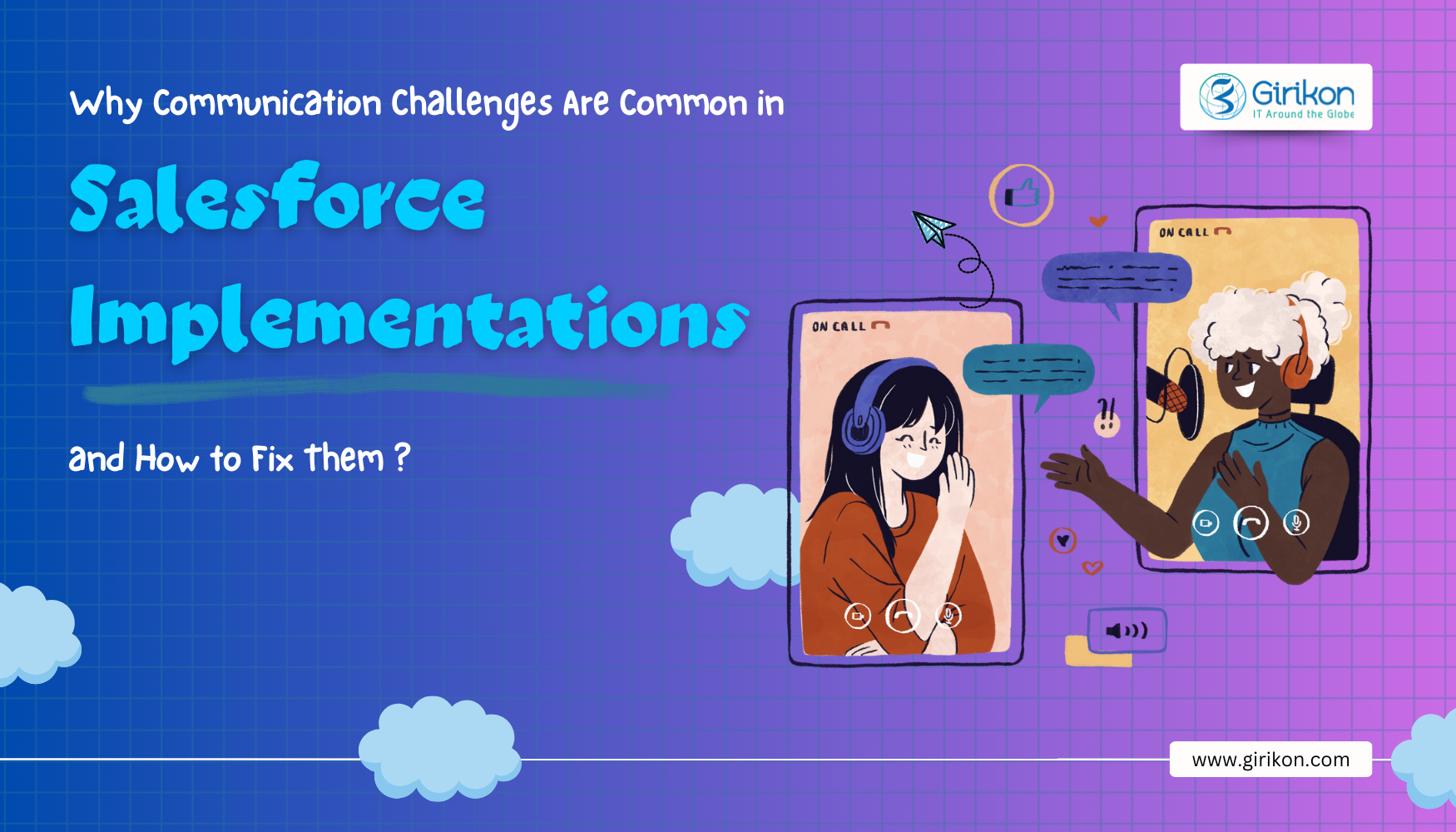
Why Communication Challenges Appear in Salesforce Implementation
Well, there are various instances that lead to communication challenges during Salesforce implementation such as:
1.Lack of Clear Objectives
The initial phase of any project is critical as it is what defines the groundwork for success and failure. However, not having a shared objective and a clear understanding of what the implementation can achieve, the outcome can easily stray from expectations. This leads the way towards misalignment between technical execution and business goals—thus bringing confusion across the organization.
2.Cross Departmental Silos
When departments operate in silos, the chances of hindering the effectiveness of a project like Salesforce grow high. Because all departments have different goals and objectives. While a sales rep focuses on lead conversion, customer service executive prioritizes case resolution, and marketing agent optimizes campaign performance. This fragmented vision leads to poor Salesforce implementation.
3.Lack of Documentation
When not creating a solid trail of what’s been decided, why it’s been decided and how things are supposed to work, team members are left to interpret things on their own. This slows down communication, increases time spent on guesswork, and leads to inconsistent understanding between developers and stakeholders.
4.Insufficient Stakeholder Involvement
Another silent killer of a smooth Salesforce implementation is insufficient stakeholder involvement. When stakeholders don’t participate, the technical team may end up building a system that doesn’t actually match their business’s requirements. This creates tension between business users and the project team, thus making communication even more significant than ever.
5.Inadequate Training & User Onboarding
Absolutely inadequate training and poor onboarding leave a scar on Salesforce implementation. Users with no proper understanding of Salesforce are more likely to misuse it. Moreover, most of the time, they rely heavily on the support team to make the system run. Further, it makes it hard for the implementation team to iterate and improve the system.
How to Fix Communication Challenges within Salesforce?
You don’t need to do anything, just hiring or getting support from the best Salesforce consultants can help you avoid the most common pitfalls. Here is how experienced consultants can eliminate the key factors that lead to communication challenges in Salesforce implementation.
Factor 1: Lack of Clear Objectives
Consultant's Solutions:
- Discovery Workshops—Consultants conduct discovery sessions with stakeholders across departments to collect pain points, goals, and success criteria.
- Documented Business Objectives—They note down the strategic goals using tools like Solution Design Docs and Business Requirement Documents (BRDs).
- Success Metrics—In the beginning of the process, consultants define KPIs, letting everyone learn how success will be measured.
Factor 2: Cross Departmental Silos
Consultant’s Solutions:
- Stakeholder Alignment Sessions—With cross-functional meetings, Salesforce consultants ensure all departments are aligned on business objective and share vision.
- Process Mapping Across Teams—They map down the end-to-end process for each team to let them understand how their workflow connects within Salesforce.
- Unified Data Models—They create unified data models for all team members across department to mitigate duplication and enhance collaboration.
Factor 3: Lack of Documentation
Consultant’s Solutions:
- Living Documentations—The best Salesforce consultants build dynamic documentation leveraging tools like Notion, Lucidchart, and Confluence. This helps them capture decision logs, configurations, and workflows.
- Knowledge Transfer—Consultants document every relevant step, information, and guide for team members to sustain and scale the system post launch.
- Change Logs & Audit Trails—Not just the consultants implement change management logs but also track everything that was changed, for what reason and by whom.
Factor 4: Insufficient Stakeholder Involvement
Consultant’s Solutions:
- Stakeholder Mapping & Roles—Upon identifying and finalizing key players, Salesforce consultants assign them roles that could be decision making, SME, and approving.
- Regular Steering Committee Review—They prioritize to take consistent feedback via progress reports, demos, and stakeholders review meetings.
- User-Centric Design Thinking—In order to build a user-friendly interface, Salesforce consultants put the end user in mind, encouraging stakeholders to add their inputs during prototypes, mockups, and testing phase.
Factor 5: Inadequate Training & User Onboarding
Consultant’s Solutions:
- Onboarding Materials & Walkthroughs—To ensure every new or old user runs Salesforce to its full potential, Salesforce consultants build user guides, video tutorials, and in-app walkthroughs. That’s how they support self-learning and encourage user adoption.
- Post-GO-Live-Support—Various Salesforce implementation companies provide “hypercare” support. This refers to essential support, i.e., QA sessions, help desk escalation, and office hours paths provided to businesses after Salesforce’s launch—to boost comfort and confidence within the system.
- Role Based Training Programs—Besides, all these support and training, Salesforce consultants ensure to create tailored training, keeping in mind the essential and unique need of each user group, i.e., Sales, Marketing, Support, etc.
To Sum it Up!
Having communication challenges during Salesforce implementation is common. But what is not common is your determination to turn these challenges into some amazing opportunities.
And just as we mentioned, this would only be possible when you hire Salesforce implementation partner. With their support & assistance, you can easily resolve all bottlenecks, thus getting the best out of Salesforce CRM.
Looking for personal assistance? Schedule a meeting with our experts and learn how they can help embrace the Salesforce implementation.

 +1-480-241-8198
+1-480-241-8198 +44-7428758945
+44-7428758945 +61-1300-332-888
+61-1300-332-888 +91 9811400594
+91 9811400594
